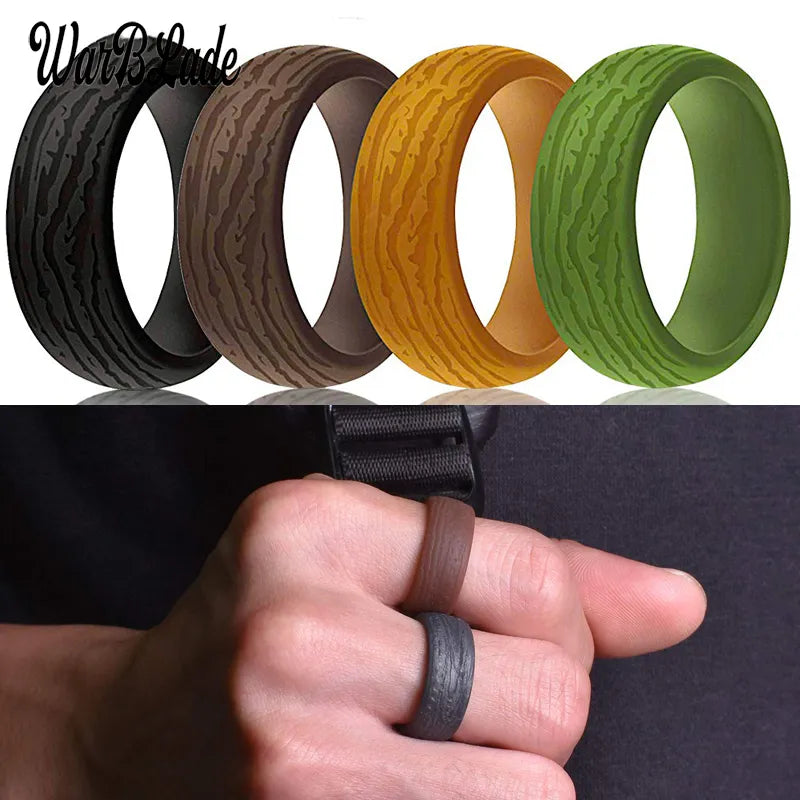Exploring the Unique Characteristics and Uses of Shark Skin
Shark skin is a unique and interesting topic, with many interesting and unusual characteristics. In this article, we will explore the structure and function of shark skin, as well as some of the ways it has been used by humans.
The Structure of Shark Skin
Shark skin is covered in small, scales-like structures called dermal denticles, which are made of a hard, bony material called dentine. These denticles are arranged in a pattern that is unique to each species of shark, and they overlap like shingles on a roof. The pattern and arrangement of the denticles on a shark's skin plays a role in its hydrodynamic efficiency and ability to swim through the water.
The denticles on a shark's skin are also covered in a thin layer of skin called the epidermis. The epidermis is made up of cells called keratinocytes, which produce a protein called keratin. Keratin is a tough, flexible protein that helps to protect the shark's skin from damage and parasites.
The Function of Shark Skin
The primary function of shark skin is to provide protection and support for the shark's body. The denticles on a shark's skin help to reduce drag and improve the shark's ability to swim through the water. They also provide a layer of protection against parasites and other external threats.
The epidermis of a shark's skin also plays a role in its sensory abilities. Sharks have a highly developed sense of touch, and the epidermis is equipped with special cells called lateral line receptors, which help the shark to detect vibrations in the water.
The Use of Shark Skin by Humans
Shark skin has a number of interesting properties that have made it of interest to humans. One of the most well-known uses of shark skin is in the production of sandpaper. The abrasive nature of shark skin makes it ideal for use in sanding and polishing wood, metal, and other materials.
Shark skin has also been used in the production of clothing and accessories, such as shoes and belts. The rough texture of shark skin makes it resistant to slipping and provides a good grip, making it suitable for use in these types of products.
In recent years, shark skin has also been used in medical research. Scientists have studied the properties of shark skin in order to develop new materials and technologies that could be used in the production of prosthetics, wound dressings, and other medical products.
Conclusion
Shark skin is a unique and fascinating structure that plays an important role in the life and function of sharks. Its properties have also made it of interest to humans, who have used it in a variety of applications, including sandpaper, clothing and accessories, and medical research. Whether you are interested in the biology of sharks or the potential uses of their skin, there is much to learn and discover about this fascinating topic.





















